Licensing Tips From Greg Mitchell of Font Shield
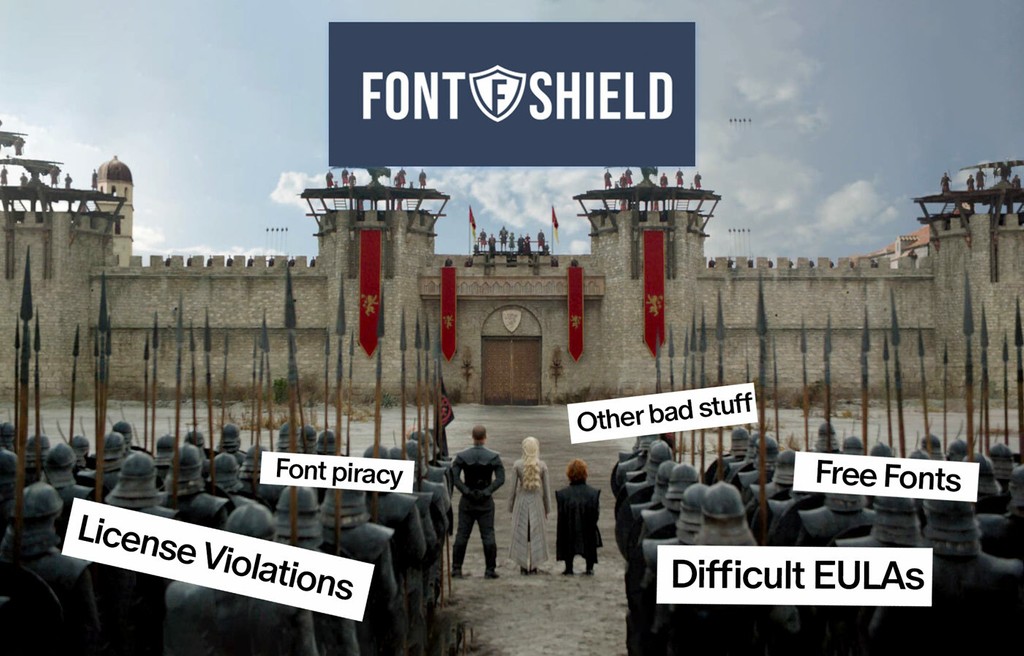
While bulletproofing our own licensing terms against daunting agency red-tape the last years, we’ve been sporadically in touch with Greg Mitchell of Font Shield Inc. Greg is truly the licensing consultant out there. And after a recent email, we realized that the former agency type director turned licensing specialist would make a great interview guest.
Like us, Greg is fascinated by the small print of font licensing agreements—we've had enjoyable conversations with him about our own switch to a value-based pricing policy before. And so with licensing in mind, our team pooled together some questions and sent them to the expert.
Greg’s business, Font Shield, is all about “shielding agencies and brands from risk” because, as he says, “No two fonts are identical. Neither are their End User License Agreements (EULAs).” His service, according to his website, proactively helps customers looking for typefaces avoid “costs, damaged reputation, and stress from copyright infringement.”

Greg Mitchell
FOUNDER & CEO

Pat Ratigan
SENIOR LICENSING CONSULTANT
There’s been some large-scale font lawsuits in the past (see below) and so Greg has made it his mission to guide his customers through confusing details to the light at the end of the font purchasing tunnel.
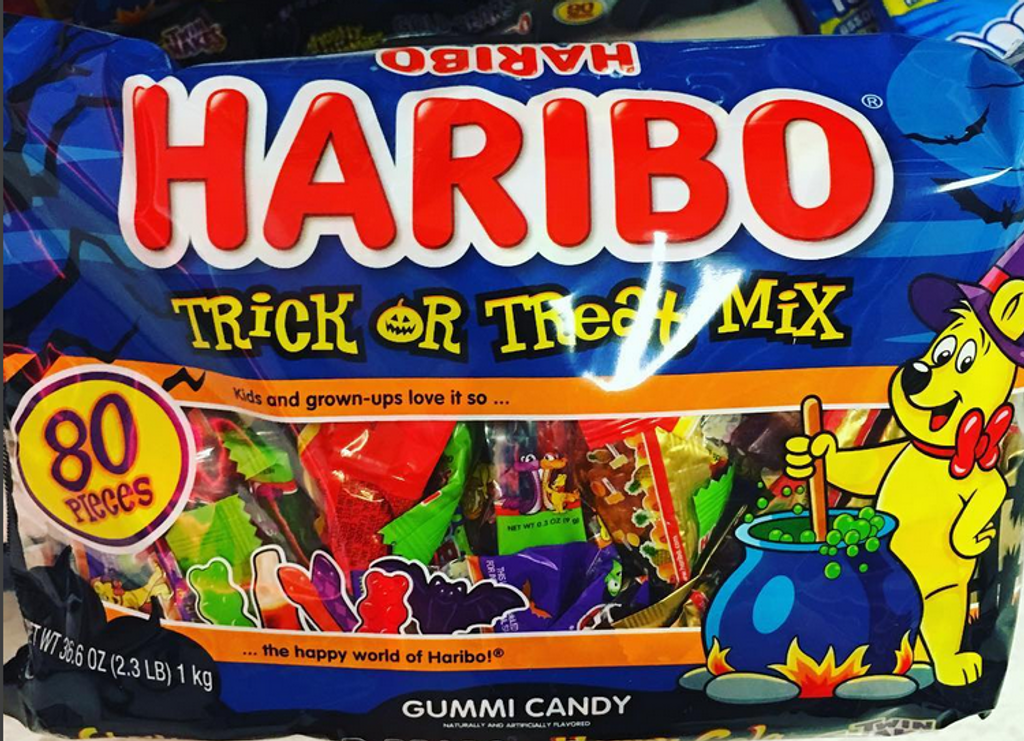
According to Font Diner, Haribo didn't appropriately upgrade its licence when using its Stovetop typeface for Halloween packaging. Damages sought: $150K.
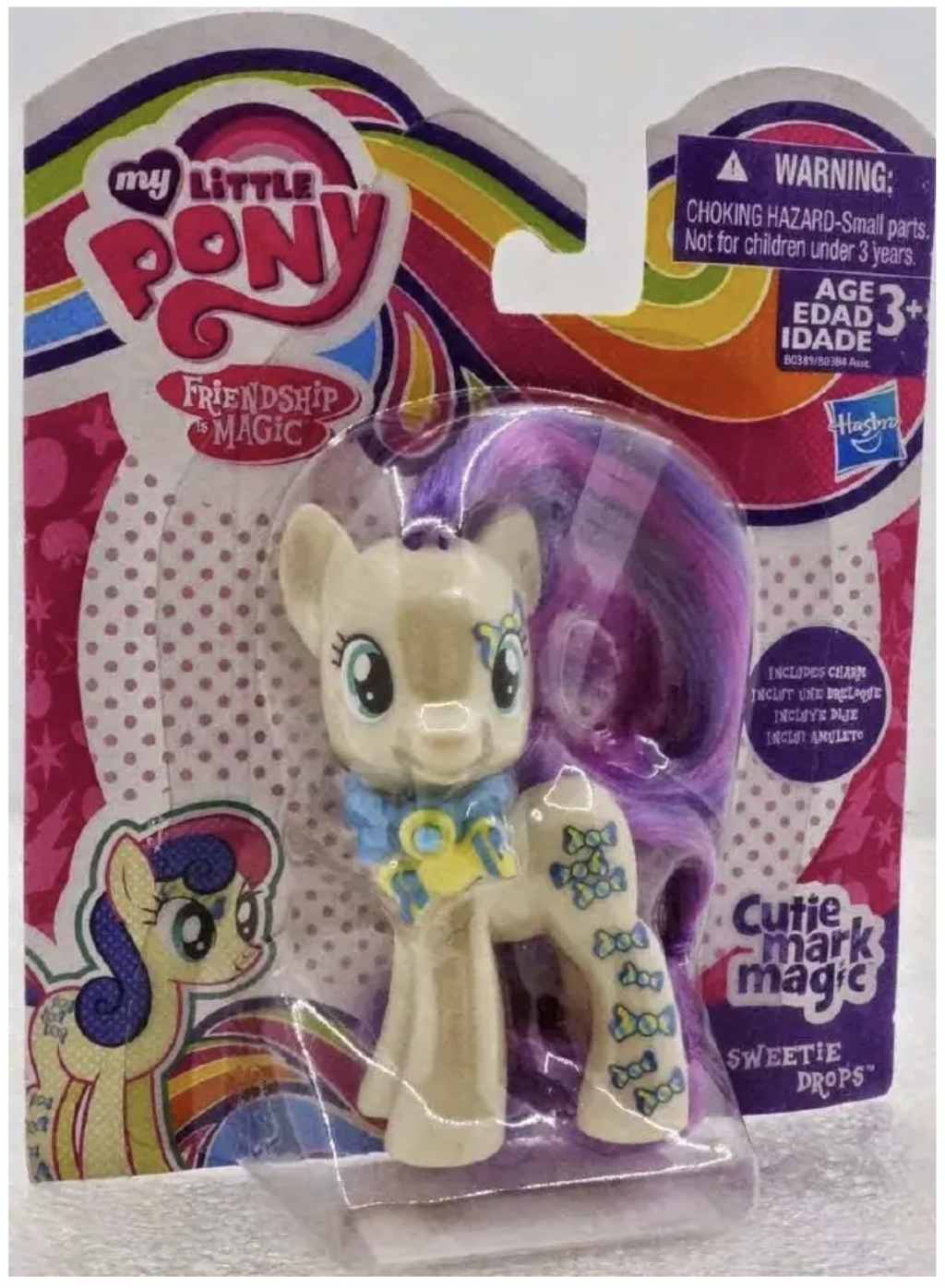
Font Bros says their
Generation B font was used on My Little Pony toys, videos, advertising materials, and website without permission. Damages
sought: $150K per infringement.

Font Bureau vs NBC: According to Font Bureau, 3 of their fonts were used on multiple computers within NBC and were also distributed to parties outside of NBC. NBC had only purchased single user licensing for these fonts.
Damages sought: $2 Million.
We ourselves have been battling with confusing licensing agreements ever since Dinamo’s earliest days; it was our own confusion that led us to eventually shift from use-based to a value-based licensing model, which we hope feels less confusing for all of you. If anyone really appreciates the importance of licensing though, it’s Greg, as he proved throughout our conversation below. Thank you for sharing your wisdom and time with us, Greg!
Let’s dive in
You’ve worked in the type industry for over 40 years now, witnessing a huge amount of technological changes in how typefaces are made, used, and distributed. What have been the largest changes in font licensing that you’ve observed?
Desktop Publishing. It’s been responsible for the growth of the type design industry we know today. Prior to desktop publishing, typefaces and their use were only available to typesetting and printing companies, who used expensive proprietary equipment to set type. There were far fewer type designers back then. Desktop publishing allowed anyone to create and publish materials using fonts and apps on their own personal computers, spurring the need for the design of more fonts (using those same desktop computers and font editing apps). The primary license back then was desktop licensing.
The second change is the internet. It opened up an extensive range of additional font licensing models beyond the basic desktop. There’s now webfonts, mobile apps, social media, video, ebooks, email, digital ads, and more.
Why should companies care about fonts?
From a brand identity perspective, a well chosen font is an essential component in defining the tone and attitude of a brand going forward.
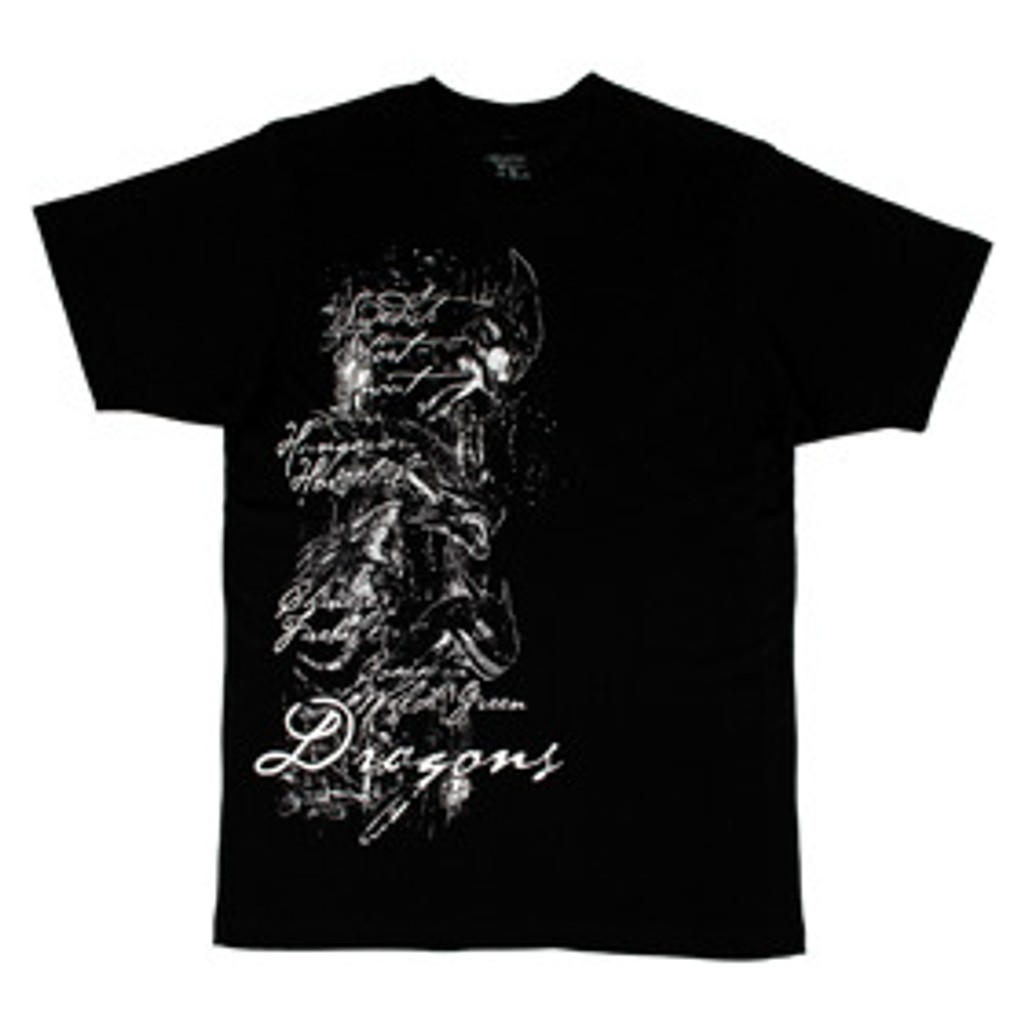
The dark art of using Cezanne illegally
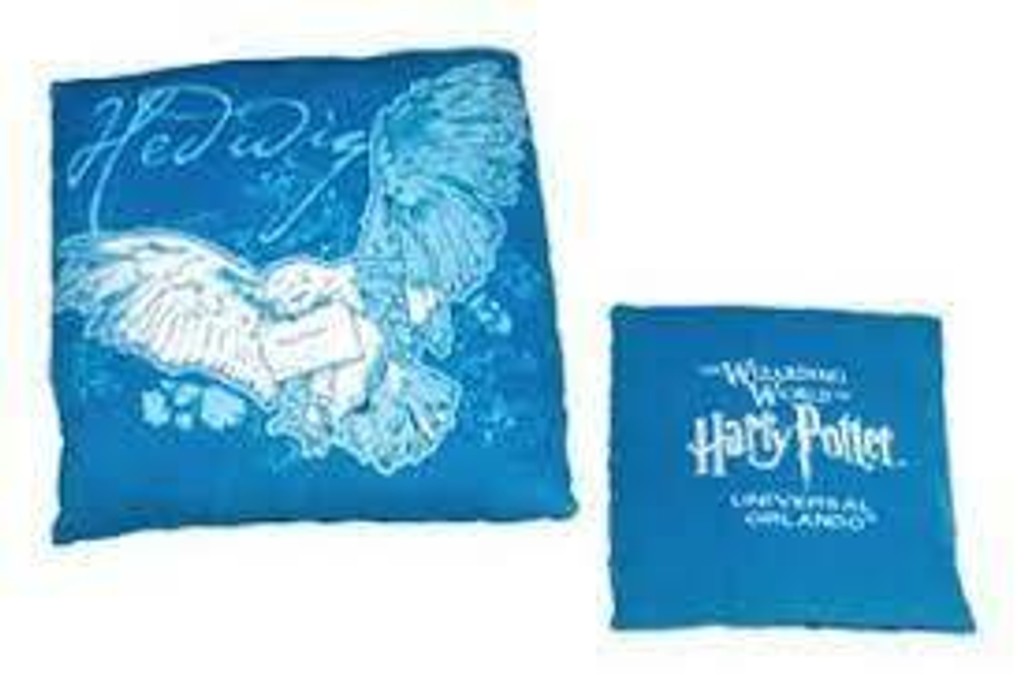
Up to no good: $1.5 Million sought
What’s the biggest licensing-related story (success or scandal!) that you can tell us about?
I’ve got a few famous cases listed here on the Font Shield website. Here’s just one: P22 alleged that their Cezanne font was used by NBC Universal and some of their manufacturers to create various Harry Potter themed souvenirs sold at Universal theme parks and through their website. It is also alleged that some of the manufacturers did not even purchase a basic license or any additional licensing required to create and sell commercial products. Damages sought: $1.5 Million + destruction of all relevant merchandise.
There’s also been this recent story about how a Pakistani corruption case hinges on a font. It’s not a font licensing-related story but I do find it intriguing.

According to the BBC, the team investigating a deed dated February 2006 say the document was typed in the Calibri font — despite the fact that Calibri wasn't commercially available until 2007.
Do people break with licensing terms intentionally? Are there true type crooks out there?
I suppose there will always be “crooks” in any segment of our population. However, I do believe most commercial font licensing violations are inadvertent – much of it I attribute to the confusion around licensing.
Can you share some high-level insights into your business model, which seems so special? How does it work?
As I’ve said, the font licensing space is VERY confusing. There’s a million plus fonts. Hundreds of type designers and foundries, each with their own unique EULA, which are often difficult to read and understand. There are multiple font licensing models depending on intended usage, and various purchasing options (perpetual, subscription/rental, enterprise, custom). There’s also questions like: Who exactly needs to be licensed, the agency, brand, or both? The industry is constantly in flux. Change is certain. Over time EULAs change too.
Fast paced advertising agencies, designers, and brands simply don’t have the time or resources to fully understand all these variables and still feel confident securing font licensing. They do want to properly license the fonts they use, but the confusion is unnerving.
Font Shield takes the confusion away from our clients and helps them secure the necessary font licensing required to produce their deliverables. We receive no commission from font foundries when our clients license their fonts. We do not sell font licensing or advocate for any one particular foundry. Our fees are paid by our clients and are based on our time spent exploring and presenting font licensing options based on the fonts they require. Clients purchase their own licensing directly from the foundries based on our recommendations.
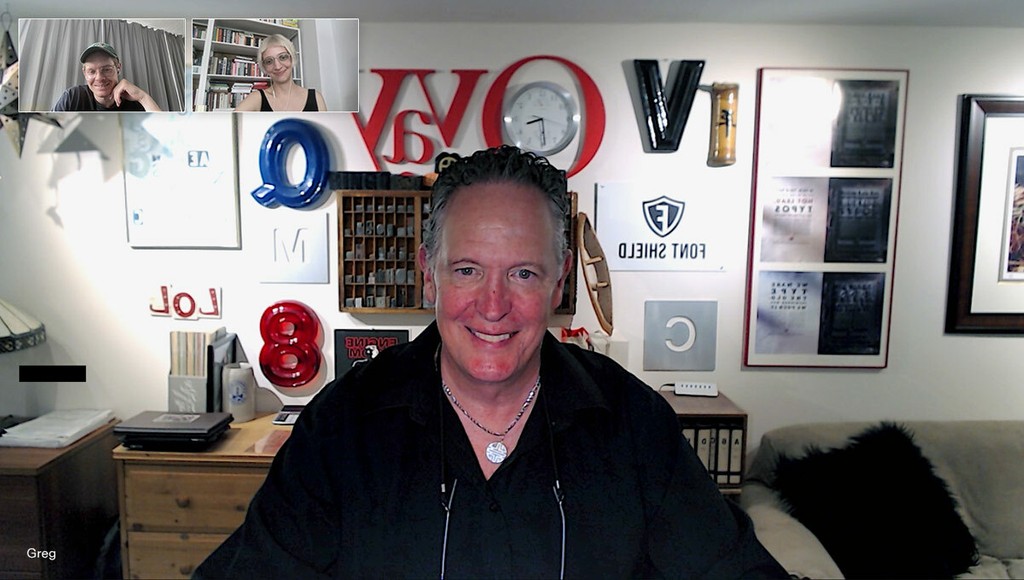
Johannes and Maddy catch up with Greg
What do you think of free fonts?
Remember the old adage, “The best things in life are free”? Not always the case with free fonts. The web is full of “free” font websites. And other than Google fonts, fonts that fall under the OFL licensing model, or free fonts offered by reputable font foundries on their own websites, I lack trust in free fonts for commercial use. While some “free” font websites may be acceptable, it's really difficult to determine which sites are good (safe) and which are not.
Other factors to consider:
- Quality is also often inferior. Poorly drawn letterforms, incomplete character sets and font families, poor kerning, etc.
- Usage. Many of the fonts on these sites are for personal use only – not commercial use.
- Copyright concerns. Are the fonts on these sites plagiarized or pirated versions of existing copyrighted fonts? Do the site owners vet each and every font added to these sites to ensure they are "safe" to use from a licensing standpoint? Does each font offer a corresponding EULA that is trustworthy?
What do you think about the fact that foundries have their own different EULAs, with their own logics and rules? Could you see value in creating more unified and standarized EULAs in the future that all foundries share?
I’ve heard this discussed many times over the years. I don’t see it happening. There are so many players and personalities (type designers/foundries) in the industry, each with their own methods of determining the value of their IP, what licensing models they offer, and what usage is permitted within each model.
What’s the last font you purchased for yourself?
Nexa Script from Fontfabric.
What license did you buy?
Desktop.
Where is the type industry at right now? Is it doomed? Flourishing?
Over the years we've seen smaller foundries purchased by larger foundries. I truly hope there continues to be a healthy choice of existing and new independent foundries.
What do you regret, work-wise?
I’ve been actively involved with fonts for 40+ years but regret not learning hands on, actual type design/production myself.
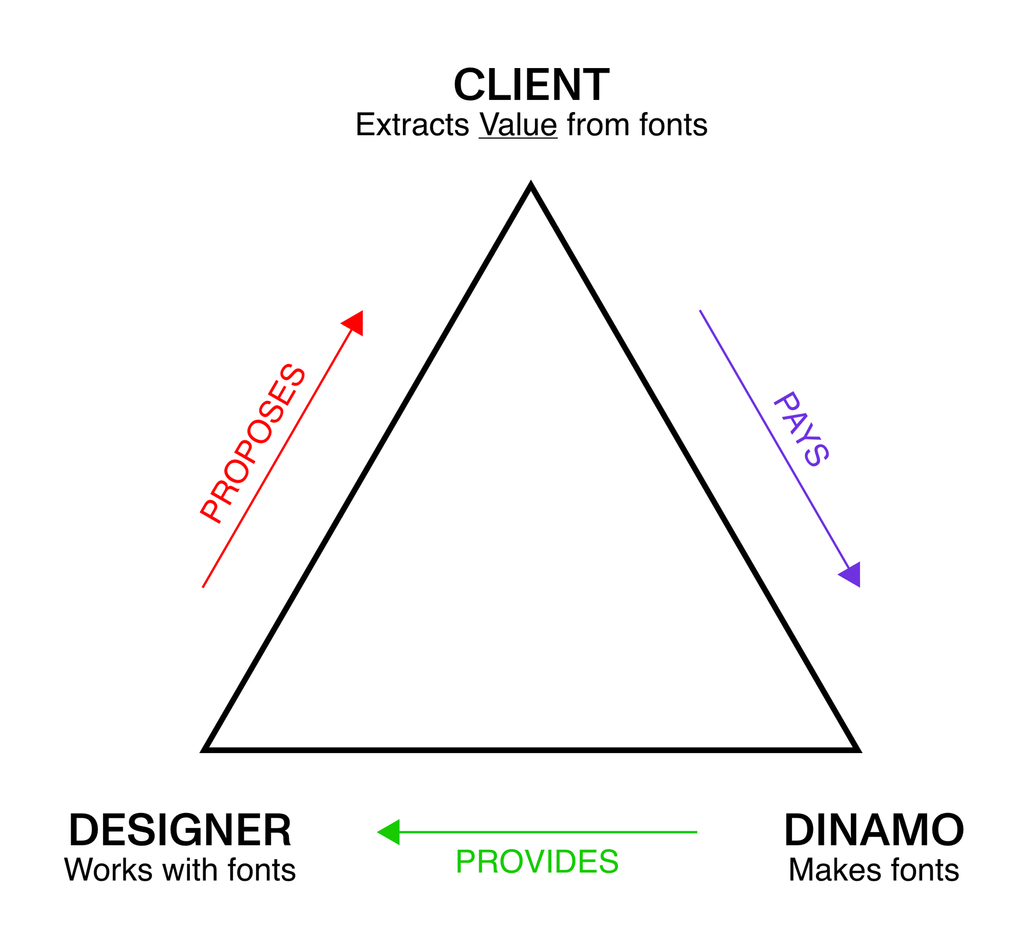
How we think the license-value-triangle works
As you know, two years ago we ourselves shifted from a use based model to a pricing system based on the size of a client (ie. the number of employees). What do you think about our model?
It’s an interesting model that is (as you've explained on your website) “based on the conclusion that the bigger the size and reach of a company, the bigger the commercial value extracted from a typeface.” Not right or wrong—just a different approach to licensing and pricing. Your website explains your rationale quite well.
I do like the idea that with this model, no metrics are required (monthly website page views, impressions, app downloads, followers on social media, etc.). These metrics are usually really hard to gather and it takes time. The only metric you require is the number of employees at a company. This makes the actual licensing process very simple. A big plus is that all licensing is perpetual.
What must be clearly understood about your terms is that the licensed fonts can only be used on a single brand and all licensing models must be purchased by the brand only—agencies and designers cannot license themselves. If fonts are to be used by a brand's agencies or designers, the brand must purchase an extension for third party use (agencies and designers can also download and test trial fonts for layout/comping purposes prior to brand purchasing any licensing).

We know most of you haven’t read our EULA the whole way through because there’s a prize at the end for those who do, which Ethan told me remains undownloaded 🥲
Rapid Fire Round 🚅
Commercial or underground?
Commercial.
Calls or texts?
Calls.
Success or good sleep?
Good sleep.
eBooks or paperbacks?
Paperbacks.
Daily or weekly updates?
Weekly.
Use-based or size-based?
Either.
Thank you again Greg — for generously sharing your words and thoughts with us!